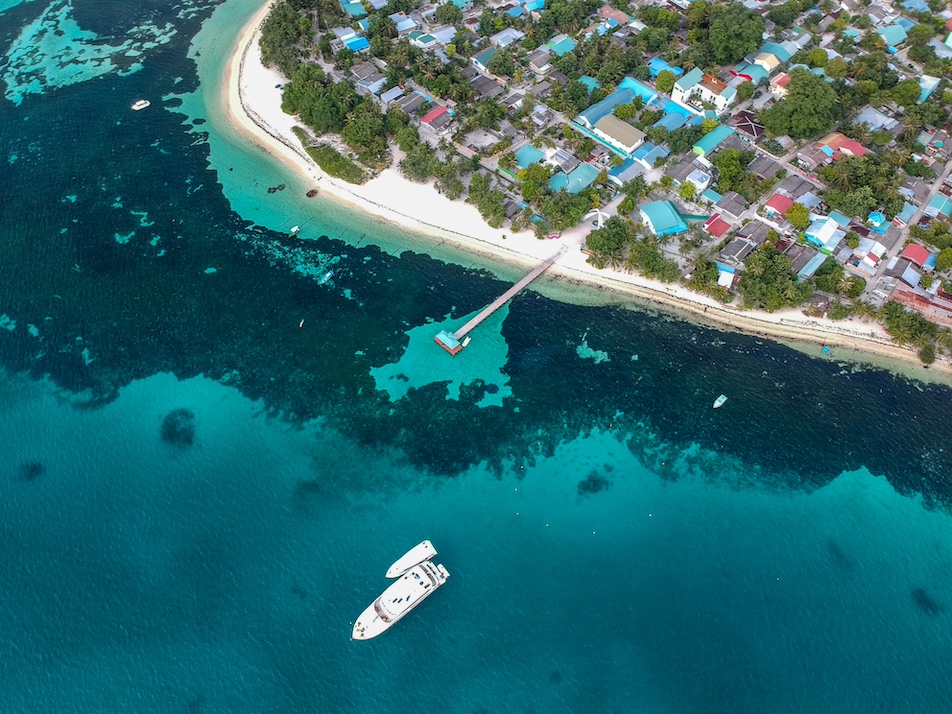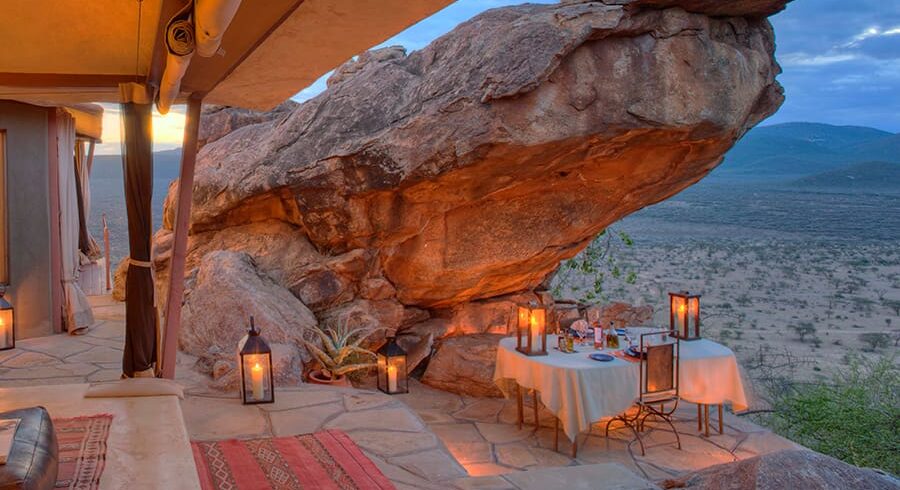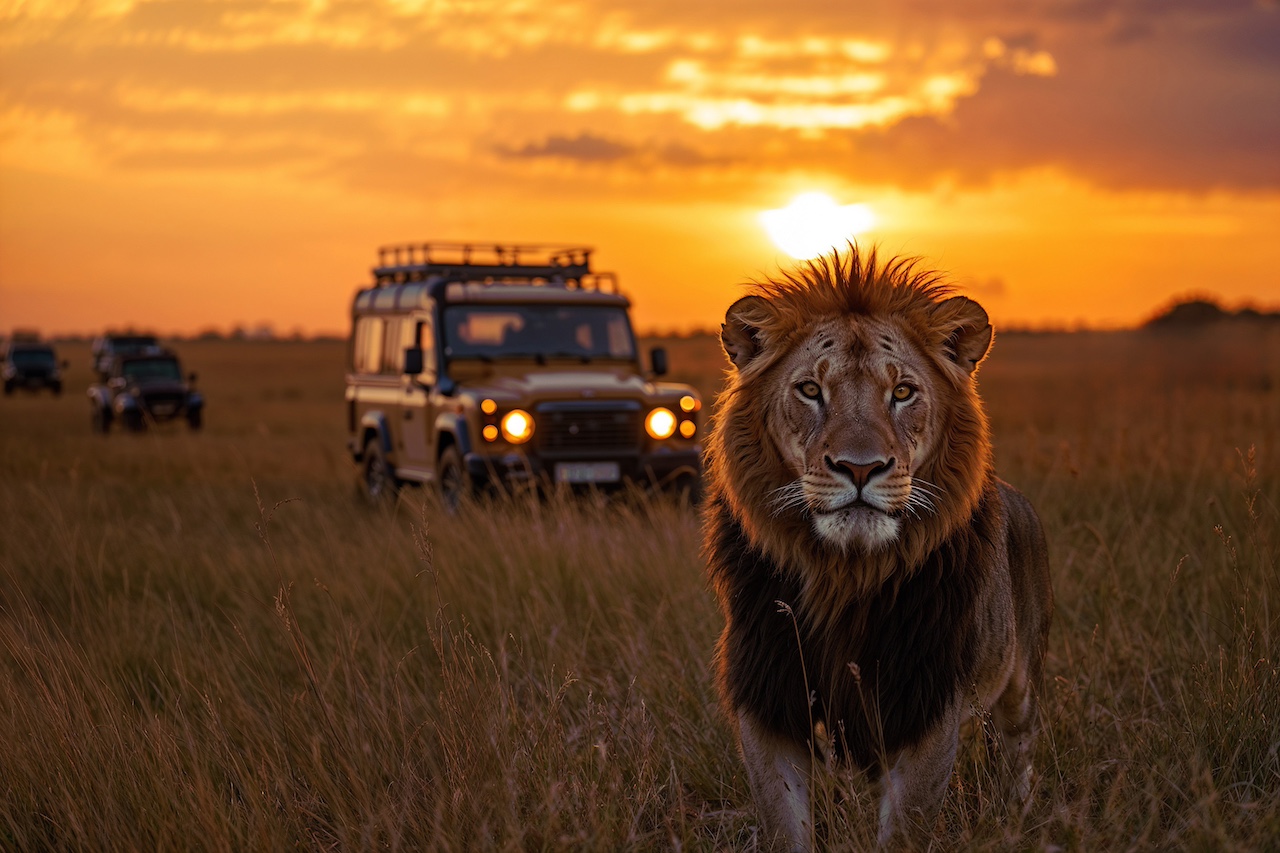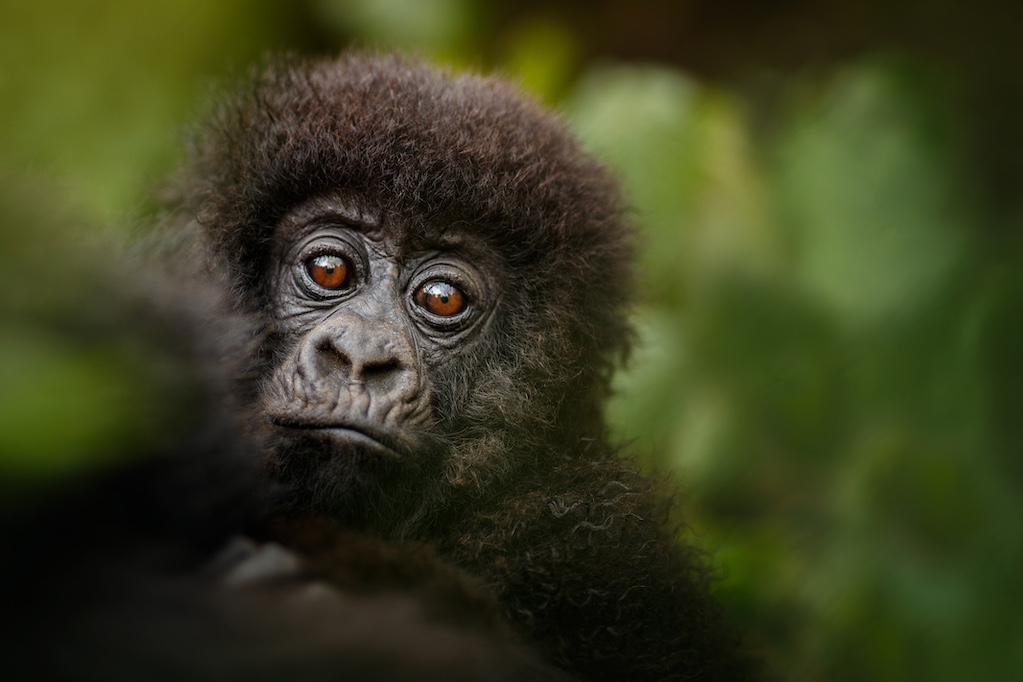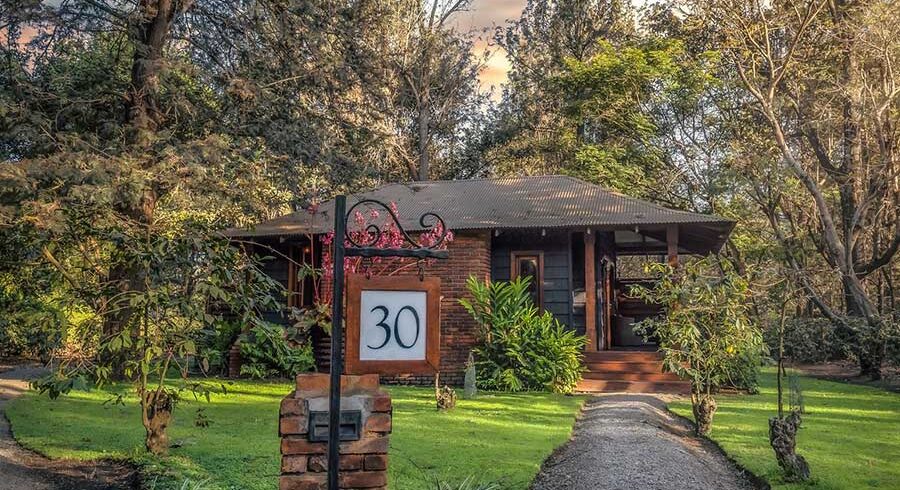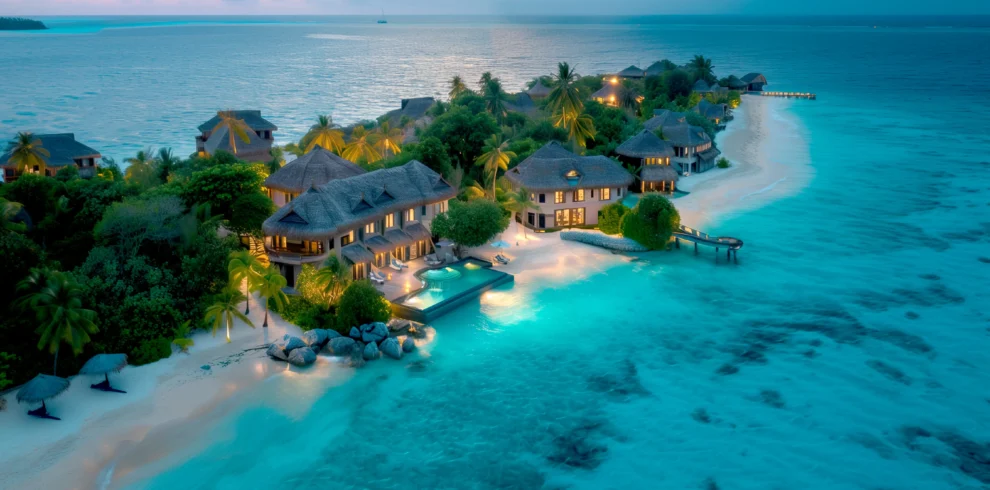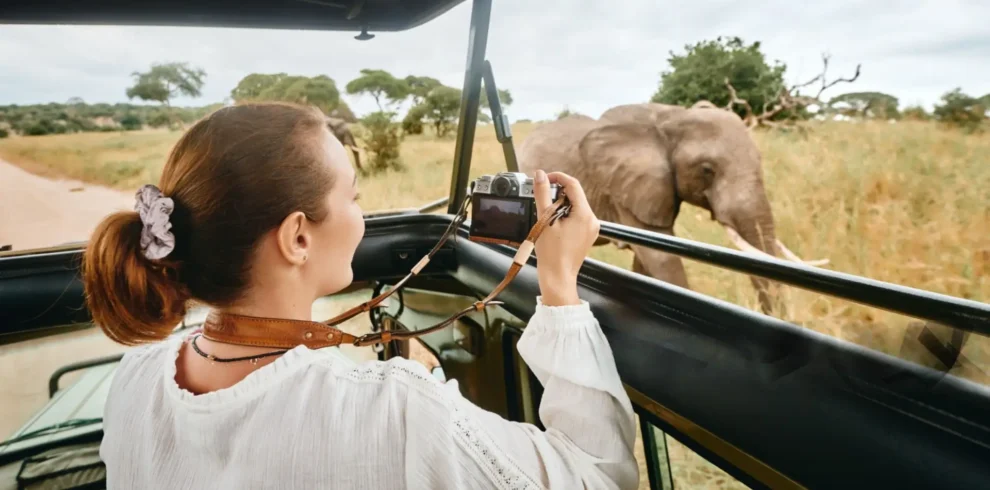Kenya Safari Costs
Kenya Safari Cost Guide: Prices for Lodges, Tours & Park Fees
Types Of Safaris In Kenya & Their Cost
When it comes to travel and safaris in East Africa, Kenya consistently ranks among the top destinations. While it’s famed for many things, the Great Wildebeest Migration is one of its most iconic draws—an awe-inspiring natural spectacle that features mega herds, dramatic river crossings, and thrilling predator encounters. Every year, safari lovers from around the world flock to witness this unforgettable event.
Often referred to as the birthplace of safari, Kenya blends all the classic elements of a dream African adventure: sightings of the Big 5, sweeping savannahs straight out of Out of Africa, and safari options perfect for families, couples, groups, or honeymooners. But what does a Kenya safari actually cost? At Makali Safaris, we break it down so you can start planning your perfect itinerary—tailored to your budget, interests, and travel style.
Kenya Safaris: What Are Your Options?
Several factors influence how much a Kenya safari will cost. These include your choice of accommodation (luxury vs. budget), whether you prefer private or shared experiences, the number of extra activities like hot-air ballooning, the season of travel, and how many destinations you combine. Remote areas often require charter flights, which can raise the overall cost.
Getting Around: Fly-In, Drive, or Classic Safaris
Kenya is well-connected, offering a range of safari travel styles. Fly-in safaris are popular for reaching remote parks quickly and comfortably—most flights depart from Wilson Airport in Nairobi. For a more adventurous route, self-drive safaris are possible in areas like Masai Mara, Samburu, and Amboseli, but you’ll need a 4×4 and a Kenya Wildlife Service permit. Roads can be rough during the rainy season, so plan accordingly.
Classic Safari & Road Transfers
A classic safari includes game drives in a 4×4 vehicle with a professional guide, often shared with other guests unless booked privately. These are usually included in your lodge or camp stay. For budget-friendly travel, road transfers by 4×4 or minibus are available from Nairobi to major safari regions. Whether you’re seeking luxury, adventure, or value, Makali Safaris helps tailor the right Kenya safari experience for you.
How Much Does A Kenya Safari Cost?
A Kenya safari typically ranges from $700 to $2,800 per person per night, based on double occupancy. The price varies depending on your travel style, season, and accommodation level. Entry-level self-drive safaris start around $700 per night, while mid-range fly-in safaris average between $1,300 and $1,600. For a luxury experience, high-end fly-in or 5-star safaris can reach up to $2,800 per night.
Accommodation costs are also affected by location and timing—especially during the Great Wildebeest Migration in the Masai Mara. During peak season, 4-star lodges start at around $700, while exclusive 5-star camps and luxury tented lodges can go up to $2,200 or more per night.
Kenya Safari Tour Costs

Please Note: All prices listed are guideline estimates, based on an average cost per person, per night, sharing a room during High or Low Season. Rates exclude international flights, visa fees, and optional activities such as hot-air ballooning or cultural tours. Keep in mind that conservation fees, park levies, and permits are set by local authorities and are subject to change without notice.
Peak Season typically includes Christmas and New Year holidays, as well as the popular Great Migration period from July to October, when rates are at their highest and early booking is strongly recommended.
Kenya Accommodation Costs Per Night
Kenya offers an exceptional range of safari accommodations, from authentic tented camps and classic colonial-style lodges to luxury safari retreats that redefine comfort. For those seeking adventure, mobile camps that follow the Great Migration provide a front-row seat to the action. If you’re planning to unwind after your safari, Kenya’s Indian Ocean coastline is home to private beachfront villas, boutique hotels, and upscale coastal resorts—perfect for combining safari with beach bliss.
When it comes to pricing, one of the biggest factors—beyond the level of luxury—is location. Lodges located in or near prime wildlife areas like the Masai Mara during migration season tend to command premium rates due to high demand and limited space. Below is a general cost guideline to help you estimate accommodation pricing across different safari experiences in Kenya.
Kenya Accommodation Pricing

Please Note:
All prices provided are guideline averages, based on per person, per night, sharing a room during High or Low Season. Rates exclude international flights, visa costs, and optional activities such as hot-air ballooning or cultural excursions.
Conservation fees, park levies, and permits are managed by local authorities and are subject to change without prior notice.
Peak Season typically includes Christmas and New Year holidays, as well as the Great Migration months from July to October, when availability is limited and pricing is at its highest.
How The Time Of Year Can Affect The Cost Of A Kenya Safari
The best time to visit Kenya depends on what you want to experience. If witnessing the Great Wildebeest Migration is a top priority, July and August are considered peak months—especially for the dramatic Mara River crossings in the Masai Mara. However, migration timings are never guaranteed, and part of the magic lies in the unpredictability. Since the migration is a year-round cyclical journey, herds can often be seen in different regions at varying times of the year.
For those considering low or shoulder seasons, the periods from mid-March to June and November to Decembercoincide with the rainy seasons. While these months are less popular, they come with fewer crowds, lower rates, and still offer excellent wildlife viewing in many parks. High season typically runs from January to March and June to October, when weather conditions are ideal for game drives. Ultimately, Kenya safaris are available year-round, and the best time to go depends on your specific interests and travel goals.
Additional Costs To Consider
It’s important to understand that ‘all-inclusive’ on safari doesn’t always mean everything is covered. In Africa, this term varies depending on the lodge or tour operator, so it’s essential to clarify what’s excluded before booking. To get started, check out our Visa-Free African Countries for U.S. Citizens blog post—it might help reduce one travel cost right away.
Here are common additional expenses to factor into your Kenya safari planning:
International flights – Getting to Kenya is generally not included in most packages.
Local transfers – While some accommodations include transfers, others may not. Charter flights are common, but road transfers are also available and more affordable.
Vaccinations – Health regulations vary by country. Kenya may require a yellow fever vaccination if arriving from high-risk areas. Always consult your healthcare provider.
Tipping – Though optional, tipping is highly encouraged. Carry small amounts of cash for guides, drivers, and hotel staff. See our Safari Tipping Guide.
Travel insurance – Not included, but highly recommended to cover delays, cancellations, or medical needs.
Extra activities – Premium experiences like hot-air balloon rides, helicopter tours, or cultural excursions are usually charged separately.
Currency exchange fees – Paying with international cards may include small bank fees. Kenyan Shillings (KES)are the local currency, but US Dollars are widely accepted. Please note: US bills printed before 2003 won’t be accepted. Use notes from 2006 onward.
Our Makali Safari Experts are here to guide you through all of this—from seamless transfers to planning every activity and detail. Just share your requirements, and we’ll match you with the perfect Kenya itinerary.
Browse Kenya Safari Tours



